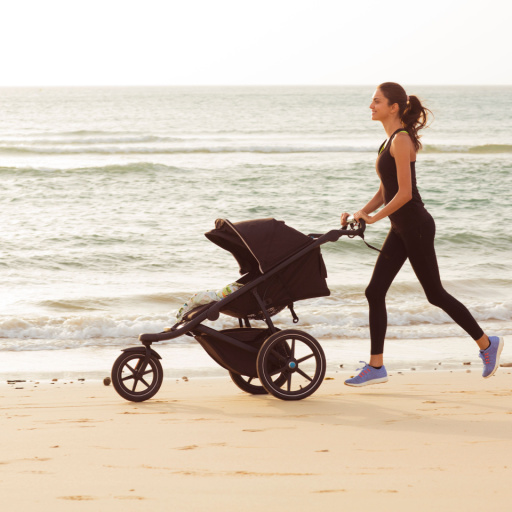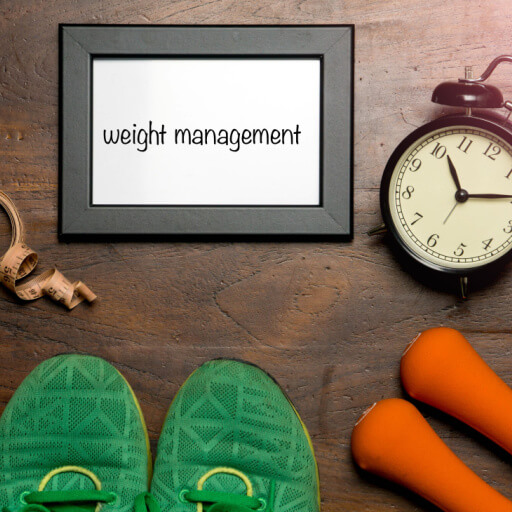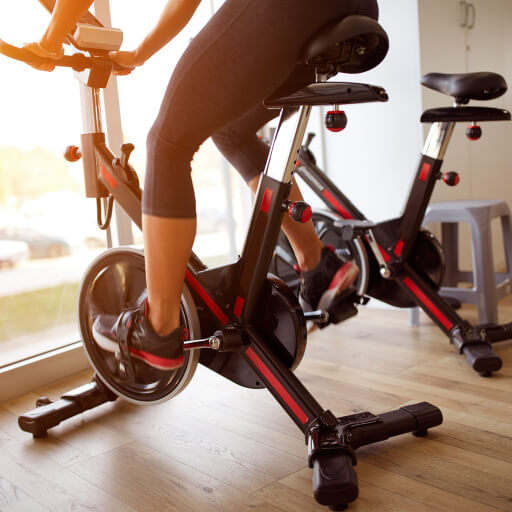

Pregnancy and childbirth are accompanied by significant changes in women’s bodies. After welcoming their little one into the world, mothers only get busier, tending to their babies. If you are thinking of getting back in shape to burn the baby weight and are hesitant, some postpartum exercises can help you return to your pre-pregnancy form.
What you need to know:
- What are postpartum exercises?
- Types of postpartum exercises
- Benefits of postpartum workout
- Importance of postpartum exercises
- When to start postpartum exercises?
What are postpartum exercises?
While pregnancy exercises help improve your body posture for a smooth childbirth process, postnatal exercises are equally essential to speed up recovery and strengthen and tone muscles after labor and delivery. However, rushing back to physical activities can do you more harm than good. Therefore, it is essential to take baby steps to ease into your routine after childbirth.
Types of postpartum exercises


Exercise at any point in life can have immense benefits on your health, especially during the postpartum period. The following postpartum exercises can help you stay fit.
- You can start with gentle exercises like brisk walking once you feel at ease within a few hours after giving birth to avoid forming blood clots. All you need is a comfortable pair of shoes. You can even take your newborn along.
- You can perform kegel exercises while lying down or sitting up. First, ensure your bladder is empty. Then, tighten your pelvic floor muscles for 3-5 seconds and relax them for another 3-5 seconds. Repeat 10 times, thrice a day.
- You can practice simple diaphragmatic breathing by sitting on an exercise ball or a chair. Put one hand on your ribs and the other on your lower belly. Inhale through your nose and exhale through your mouth.
- The cat-cow stretch is a beginner yoga move that you can include in your postpartum workout plan. It strengthens your core, reduces back pain, and boosts spine mobility. Get on all fours keeping your back straight, with your hands underneath your shoulders and knees under your hips. When you inhale, round your back towards the ceiling, and when you exhale, arch your back and move your head towards the sky.
- The standard plank hold can give your glutes a lift. Lie on your stomach with your forearms on the floor and elbows underneath your shoulders. Engage your core and abdomen to rise in a plank position on your toes. Breathe normally and try to hold the position for 30 seconds.
- The side plank leg lift exercises your glutes, obliques, and shoulders to some extent. Lie on your stomach with your forearms on the floor, elbows underneath your shoulders, and rise on your toes. Now go on one forearm and turn sideways. Raise your top leg for 20-30 seconds and perform 1 to 2 sets on each side.
Benefits of postpartum workout
- Regularly participating in aerobics can improve cardiovascular fitness and help in weight management.
- Core exercises can help decrease the amount of space between the rectus muscles (parallel bands of muscles that meet in the middle of the abdomen), which separate during pregnancy to accommodate a fetus.
- Exercising can help you restore strength and tone your muscles stretched during pregnancy.
- Daily exercise can improve your mood, help reduce postpartum depression, and relieves stress.
- Getting back in shape can also make you feel confident in your skin.
Importance of postpartum exercises
- Exercises such as bridges, clamshells, deadlifts, lunges, and squats, engage your glutes and pelvic floor muscles that hold the uterus, vagina, cervix, and other organs in place and help reduce urinary incontinence. While the pelvic tilt strengthens your abdominal muscles, kegel exercises and the happy baby pose to strengthen your pelvic floor muscles.
- Diaphragmatic breathing is a form of an abs-strengthening move, which helps re-coordinate your breathing throughout your core and stabilizes the spine and pelvis when you move.
- Postpartum belly exercises help you lose baby fat in that area.
- Include upper-body exercises in your postpartum workout to build strength in your back. Breastfeeding and lifting or carrying the baby can demand a lot of the back. Therefore, try to strengthen it to avoid pain and injuries. You can incorporate back exercises such as single-arm overhead presses and rows from the comfort of your home.
When to start postpartum exercises?


It is advisable to avoid strenuous activities, high-impact, or strength–training exercises for at least up to six weeks after delivery. This is because your core abdominal muscles and lower back are weaker than they used to be and your ligaments and joints are more pliable. Therefore, you are more vulnerable to injuries. Hence, ensure that your doctor gives you an all-clear before starting the postpartum exercises. Women who undergo a cesarian delivery face difficulties or complications, and they might take longer to get back to their fitness schedule.
Ensure you do not put pressure on your lower abdomen by lifting heavy objects during the first six weeks. Give your muscles some time to heal.
Stay active in the Activ Living Community to find more details on nutrition and lifestyle.















